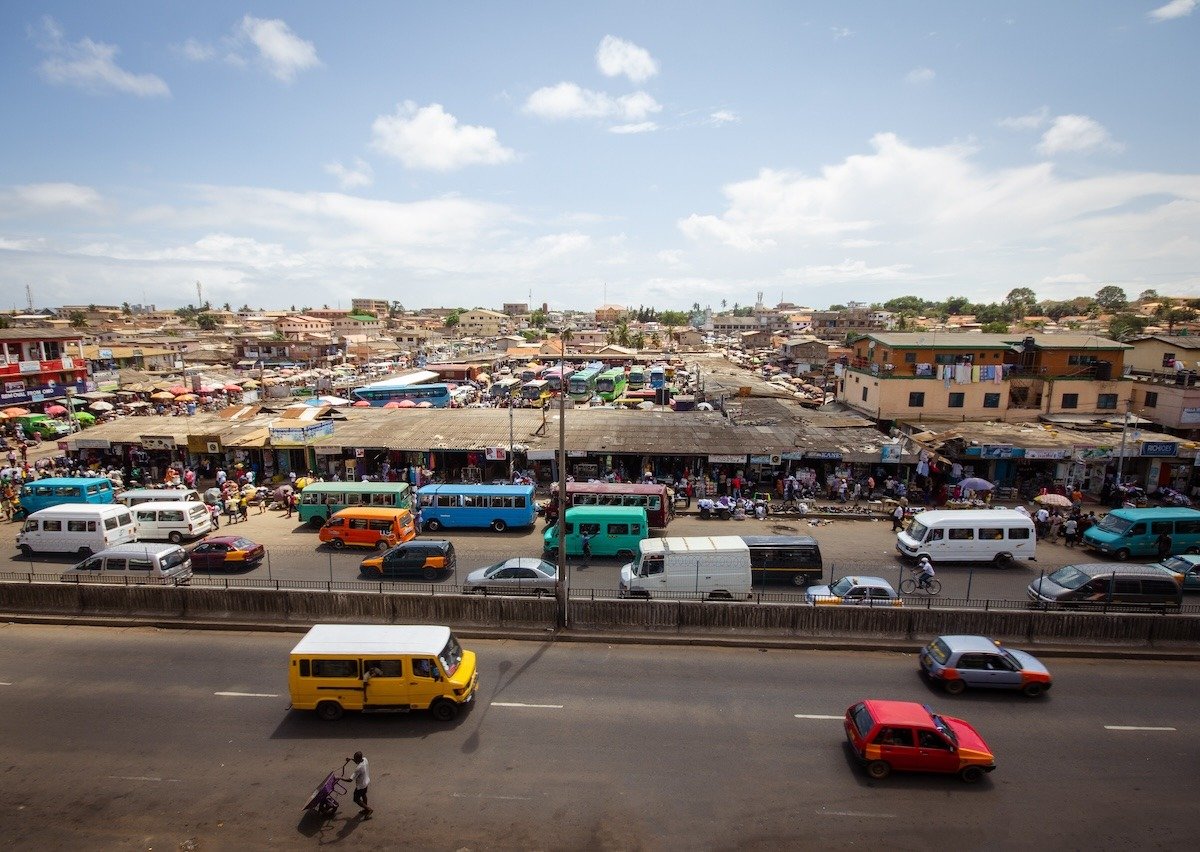Africa’s prosperity depends on access and mobility

By Ofentse Madisha
When my family and I crossed the border to Mozambique, I could not help but notice the dense demand for movement to and from South Africa. Homes were built up the mounding hill-edges as we entered, and as they faded, freeways stretched to the horizon with a few control stops, some questions and narration from the navigator.
We had to squint through Maputo’s overwhelming busyness, music breathing through the city, pedestrians climbing through the roadways, imported cars chiming through traffic lights and armed guards sitting outside banks. As I looked through the window of my youth, it dawned on me that the continent’s picture is framed through macroeconomic, trade and institutional indicators – whereas, people live, commute and experience something that numbers cannot fully measure.
At this point I could recall Mr Alassane D. Outtara’s address in 1999 titled “Africa: A window of opportunity” where he recommended that the continent needs to consolidate macroeconomic stability, ensure economic security, strengthen the financial sector, speed up trade liberalisation and deepen regional integration. GDP growth was expected to reach 3.5% that year, and accelerate to 5% by the year 2000. A decade later, an expansive and exciting narrative emerged describing African countries as “Lions on the Move”. It was in this story, that Africa's real-GDP came close to 5% growth between 2000 and 2008, driven by a resource boom, and its future underpinned by demographic trends, labour markets, middle-class growth and over 50% of households becoming more urbanised.

A significant consumer economy was emerging, with retail, agriculture and transport following the depth of resource-led growth, and manufacturing lagging behind in major African economies. Most recently, it is becoming clear that Africa is not a country – the spread and distribution of growth and development is nuanced. Some economies are large and robust like South Africa, but are slowing down like Algeria and Madagascar; others are consistently growing such as Ethiopia, Rwanda, Ghana. It is commonly known that only 10% of Africa’s imports are from Africa, and only 17% are destined for intra-Africa trade. More uncommon is that 41% of what African countries trade to eat and drink comes from the continent, we print and make wood products for intra-Africa trade 39% of the time, we also trade machinery and pharmaceuticals. These suggest that there are intra-regional economies which are the backbone of continental trade, potentially accelerating the liberalisation of trade as an undercurrent to growth. However, I am compelled to ask how the average person will see into this window of possibilities, and reap the benefits?
Major and small cities spanning along the West Africa Coast capturing Nigeria, Benin, Togo, Ghana and Cote d’Ivoire will have 51 million people by 2035, signalling a densely inspired urbanising coastline. It will demand new investments in ports, railways, freeways and bulk infrastructure. All of which may be available at a high premium for a built environment that faces “ruinous” misrepresentation of material risk to financing, according to Hoppotyle Fofack, Chief Economist at African Export-Import Bank.
When we zoom past the hills in Mozambique again, and see the freeway stretching to the horizon, African cities are urbanising at a rate of 500 million people over two decades. There are estimates that 12 African cities will have more than ten million people by 2040– by the end of the century 40% of the world's population is expected to be in Africa. There is a drive to develop freeway corridors north-south and east-west that span 1000s of kilometres connecting countries; high-speed railway initiatives; local rail and bus-rapid transit investments. We have also seen significant emphasis on investing in popular transport, such as matatus, minibus taxis, boda bodas in different forms across various countries. The sheer scale of the mega and micro-projects needed to manage the travel demand, mobility, road safety and accessibility needs in the continent transcend the scope of this reflection. But, I must say that it is in how people will move to and from work, home, school and other activities where the fabric of opportunity is woven, trade is moulded, tailored to meet the needs of the market. While economic development, trade and investment are key contributions of the transport sector, it is common practice to ignore the role it plays in orchestrating a rhythm of society.
Read the full article in the May 2024 edition of Public Sector Leaders
Ofentse Madisha is the Head of Public Policy for South Africa at Uber, a PhD candidate in Civil Engineering at the University of Cape Town. Views expressed are his own.


.svg)











